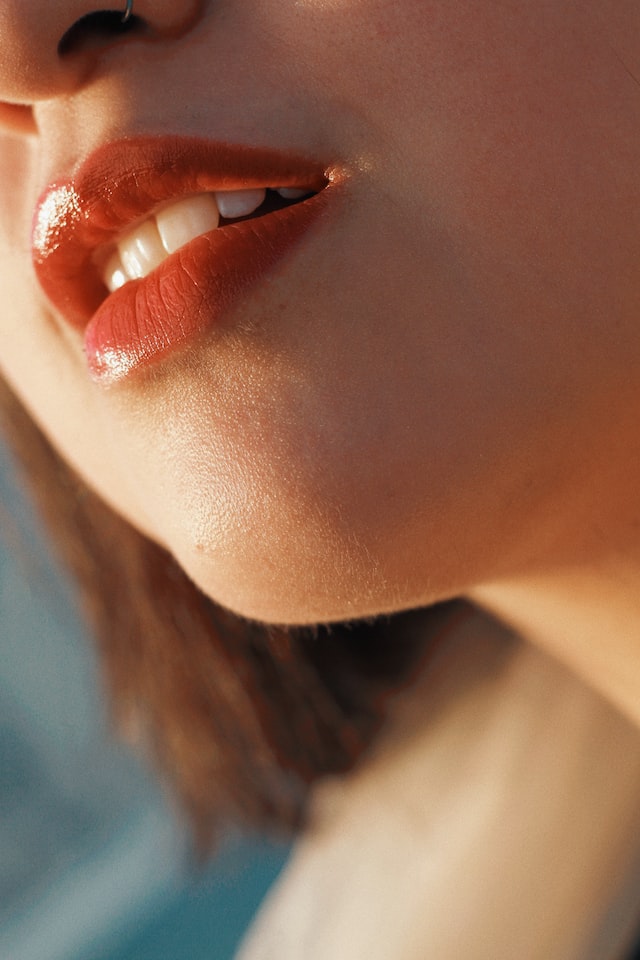
Using Glasgow lip fillers is a non-surgical option to help with a variety of problems. They can help to plump up lost volume, smooth out wrinkles and add definition to the chin, cheeks and nose. The process is usually performed with a local anaesthetic. The most common fillers used in this procedure are Restylane and Juvederm. Choosing the right practitioner is important in ensuring good results.

During the process, the filler is injected beneath the surface of the skin. It works by drawing in water and adding volume. After the procedure, the patient may experience swelling or bruising. However, bruising is usually minor and can be alleviated by taking anti-inflammatory medications such as ibuprofen or arnica tablets.
Lip fillers in Glasgow can also be used to correct under-eye hollows or tear troughs. The results should last for six to nine months, depending on the type of filler used. However, patients may need to have a repeat treatment after six to eight months. It is recommended that patients schedule a follow-up appointment at two weeks after the first treatment. If the patient experiences excessive swelling or pain, contact the practitioner immediately.
Lip fillers are generally well tolerated. However, some patients experience allergic reactions. Symptoms may include swelling, itching, hardness, and prolonged redness. If allergic reactions occur, the practitioner may administer a corticosteroid. If allergic reactions continue, they may need to be treated with an alternative treatment.
Lip filler treatments may also cause bruising. It is recommended that the patient avoids strenuous activities for at least 24 hours. The practitioner may also recommend an ice pack to help reduce swelling. It is also important to avoid kissing for several hours after the procedure. The practitioner may also use an anti-viral medicine before the treatment.
The most common type of lip filler in Glasgow is a hyaluronic acid-based filler. These fillers are injected into the lip. The practitioner may use different brands for different treatments. For example, a practitioner may use Restylane for the lips and Juvederm for the nose. The practitioner will need to be sure that the filler is injected on the dry side of the lip. HA fillers can migrate to the other side of the lip, causing lumps or ‘blebs.’ A practitioner can also dissolve the filler by injecting an enzyme into the affected area.
Aside from swelling and bruising, other potential side effects of a lip filler procedure include infection. If the practitioner suspects an infection, they may prescribe antibiotics. In addition, patients who have allergies to certain medications should tell their practitioner. If a cold sore develops, the patient should take Aciclovir tablets. They may also need to take antibiotics for up to a week.
Other possible complications include an occlusion, which occurs when the filler is injected into a blood vessel. An occlusion can lead to tissue loss or a blockage of a blood vessel.
The best way to prevent a delayed reaction is to avoid any activities that may increase bruising. Lip fillers are designed to last for six to nine months. During this time, the patient should avoid kissing, swimming, and exercising. They may also need to take antibiotics or a fish oil supplement to help control bleeding.
